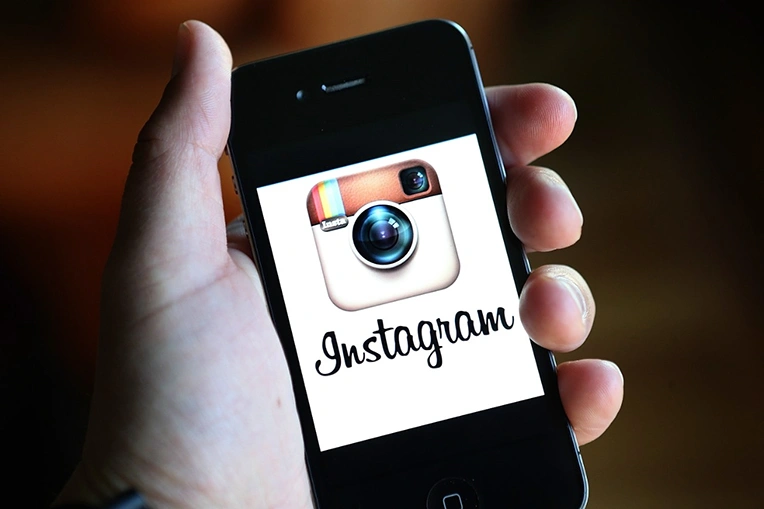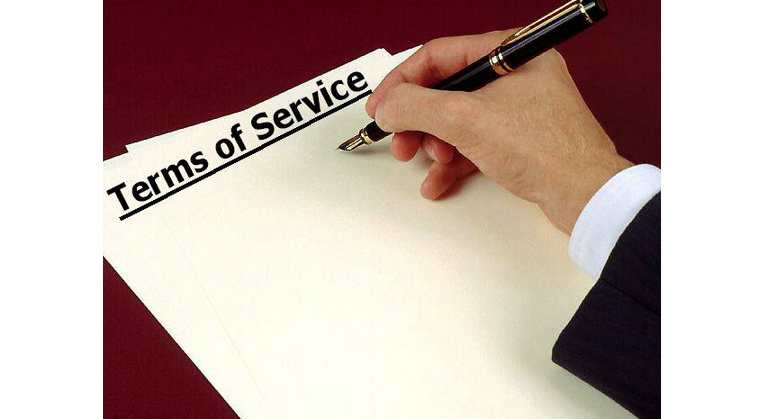The internet enables brands and individuals to easily distribute any content. Companies and entrepreneurs take advantage of this opportunity for marketing purposes in order to attract attention of potential customers with useful and informative articles, vivid pictures, videos or other content forms.
However, the global network also allows everybody to quickly copy your content and publish it as his/her own. Almost any internet user can benefit from the results of your work with a simple keyboard shortcut Ctrl + C and Ctrl + V. One easy combination and your article or video works not only for your business, but also for the competitor’s one. Such a prospect is not very pleasant, is it?
You certainly want to protect your content from unauthorized copying and use. So let us provide you with valuable tips that will help you secure your intellectual property.
Copyright protection on websites and blogs
In accordance with the Berne Convention, your content is protected by copyright from the moment of its creation. Most countries recognize this document and adapt national legislation for its principles.
The international law does not require from you any extra actions to protect the content. It means that your articles, photos and videos are automatically protected by copyright. But in practice the principles of the Berne Convention do not always guarantee sufficient protection of your interests. For example, the U.S. law allows copyright infringers to reduce their penalties, if the owner failed to put the copyright sign. Therefore, use following additional methods to protect content published on your website or blog:
- Always add the copyright sign (capital letter “C” put in a circle, ©) to your works. Make sure it also includes the company’s or the author’s name and the publication date.
- Publish the rules of content replication. For example, make a note that copying is allowed only with the hyperlink to your site.
- Brand your textual content. Use your company’s name, address, contact numbers or employees’ names. Personal and corporative information complicate the illegal use of your materials.
- Brand your visual content, including photos, infographics and videos. Use special watermark app like Visual Watermark to quickly watermark a large number of images. More about it - How to watermark photos.
- Use the plugins that disable the copy function on your website. This tool is suitable for resources suffering from mass content copying. Pay attention to its serious shortcoming: such plugins reduce the number of inbound natural links to your site.
- Configure RSS feeds correctly in order to protect your content from automatic aggregators.
- Use Google Authorship to notify the major search engine of your authorship.
To profit from the Google Authorship tool, it is necessary to have a Google profile with a photo and email address on the same domain that hosts your site. To confirm your authorship on a Google Authorship page link your email address to publications on the website. This method is the most useful one especially if you are the only author of your site content. If the content of your website is created by several authors, attach each material to the correct profile with corresponding links and the tag rel = “author”.
Attention! None of these methods is able to fully protect your content. If you face illegal use of your property, contact the infringer and ask him to delete your content from his website. If it does not help, address to the provider of the pirate website. If it doesn’t help either, petition the court.
Copyright protection in social networks
Practically all internet users have social media accounts. People publish personal content on the pages of these resources, often without thinking about its future. They successfully forget that social platforms can use published content at their discretion.
Please, don’t tell you did not know about this. Do you remember how you read and agreed to the terms of service before signing up? Or you’ve just clicked on the “I agree” button, right?
By posting content to social networks, you lose a part of your rights to it. Users voluntarily agree to this at the sign up stage. Here is some information taken from the user agreements of the most popular online resources:
- Facebook gets almost unlimited rights to use of your published content. Moreover, it can transfer these rights to third parties.
- Google and its services, including YouTube and Google Plus, can also use your content as it wishes. This corporation has the right to share your personal information with third parties.
- Facebook has acquired Instagram in 2012, and since then the terms of service have been changed for the worse. Now Instagram has the right to freely use your content, as well as transfer this right to other resources.
The ways of content protection in social networks are the same as ones for publications on websites and blogs. Do not publish full versions of articles or other text materials in social networks if you do not want somebody to steal it. Put only an announcement or a link to the source.

Protection of copyright in Instagram, Flickr or Pinterest also supposes images branding. Watermarks and the copyright sing complicate the process of stealing photos. Visual Watermark software allows not only putting a watermark, but also adjusting your pictures and adding beautiful effects to them.
If you are searching for additional information on copyright, contact the experts of Visual Watermark.
 Visual Watermark
Visual Watermark
 by
by 